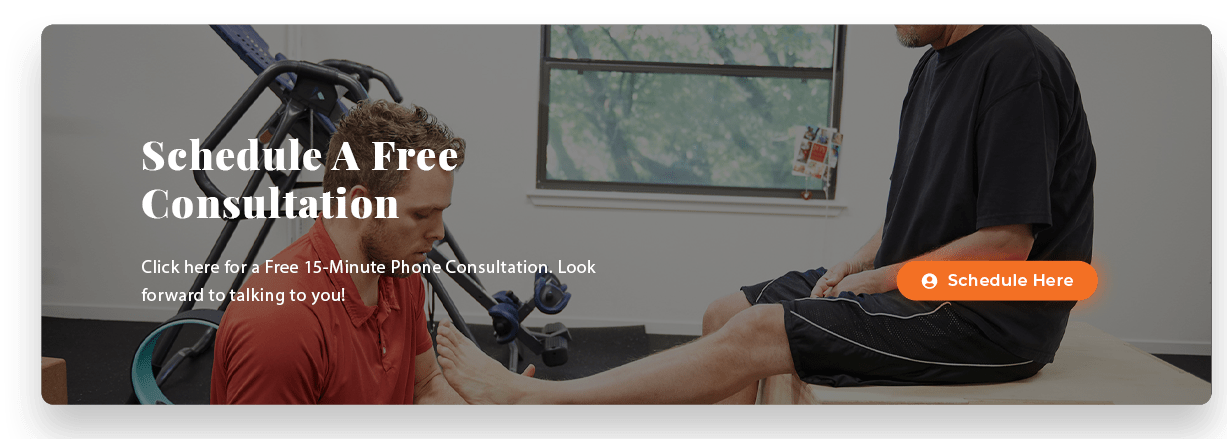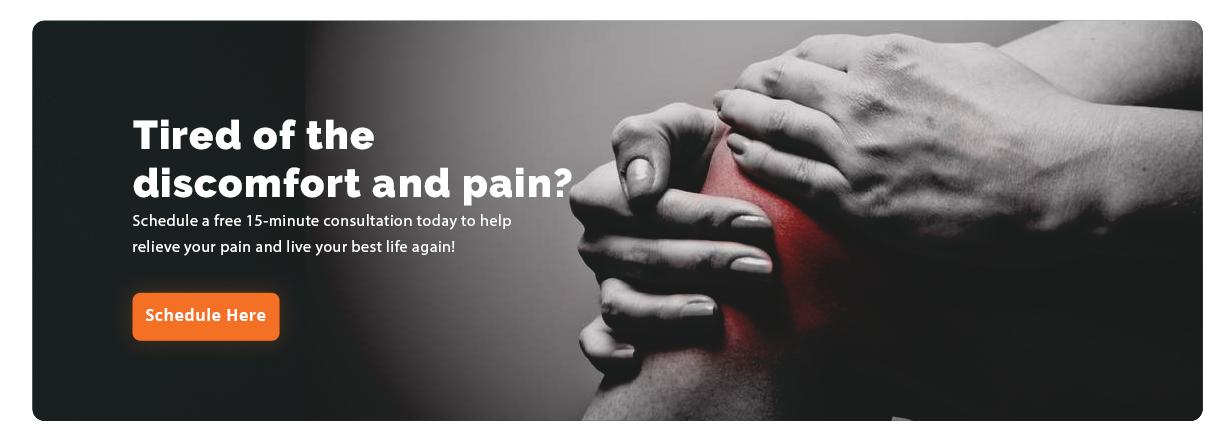“To me, if life boils down to one thing, it’s movement. To live is to keep moving.” – Jerry Seinfeld
Movement is essential to our well-being, to our ability to function in our daily lives, and to be able to live at all really. But movement is not always painless.
When injuries occur either from sports activities or unfortunate accidents, our bodies can and often do compensate for the initial pain by altering our normal movements. Left to themselves, these injury-generated movement dysfunctions can cause pain themselves
How Does NeuroKinetic Therapy™ Work?
David Weinstock is the author of Neurokinetic Therapy, an Innovative Approach to Manual Muscle Testing and he co-developed the technique in the mid-1980s. His NeuroKinetic Therapy combines motor control theory and manual muscle testing. Motor control theory is based on the concept that the motor control center, or MCC, in the cerebellum stores all the coordination patterns of the body.
In addition, the MCC also “learns” to compensate for injured muscles. For example, if a muscle is inhibited due to injury or some other reason, the MCC will find a substitute muscle to perform the function. If this pattern is allowed to remain in the MCC, movement dysfunction and pain will result.
The NeuroKinetic Therapy™ website notes,
“A good example is a baby learning to stand. Through many attempts and failures the baby finally achieves success. But how? The MCC chooses the most successful attempts until standing happens without “thinking” about it. Conversely, after an injury, the MCC adapts to a compensation pattern and holds that in its memory forever unless it is convinced to change. A good example is a whiplash accident in which the posterior neck muscles brace for the anterior neck muscles. This pattern can endure forever unless there is some intervention.”
Essentially, the NeuroKinetic Therapy® system is predicated on the fact that, as a result of an injury, some muscles will either “shut down” or become otherwise inhibited. This, in turn, forces other muscles to become overworked by compensating for them and this compensation pattern can create pain or tightness.
A therapist will execute a series of muscle tests specially designed to uncover and resolve compensation patterns in the body. With these tests, the therapist can evaluate the strength or weakness of each muscle by applying light pressure that the client then resists. This can reveal the sources of injury and also retrain the client’s body to remove the compensation patterns. In other words, reprogramming the body at the neural level of the MCC.
NeuroKinetic Therapy® therapy is, at its core, a complex bodywork modality that can be used as an assessment technique as well as rehabilitative therapy for a variety of injuries and their resultant pain including low back pain, neck pain, carpal tunnel pain.
Dysfunctional Movement and NeuroKinetic Therapy™
NeuroKinetic Therapy™ is an excellent approach for rehabilitation and manual therapy since it can be used not only to identify the cause of pain and dysfunction, but can also correct it very quickly and quite painlessly.
We firmly believe that it is essential to treat the cause of movement dysfunction, not the symptoms such as pain. By using the NeuroKinetic Therapy® corrective movement system we can effectively address the cause of pain, which are the dysfunctional movement patterns programmed in the motor control center of the brain.
Using NeuroKinetic Therapy® allows us to assess, treat and rehabilitate acute and chronic injuries and conditions. Once this is accomplished the client can be sent home with an individualized exercise program.
Correcting Dysfunctional Movement at Pain and Performance Solutions
Treating and relieving the pain caused by dysfunctional movement begins after we understand where and how your pain started.
A full examination will help us determine which form of treatment is best suited to get you on your road to recovery. Your trust in us is key, as is your honesty.
Our goal is to work through the sequence of pain and dysfunction in order to get your body healthy and working properly and to achieve total recovery. Don’t hesitate to reach out. We are here to help and will answer any questions that you may have. You can reach us at (707) 636-4404 or by filling out our online contact form.
Frequently Asked Questions
1. Movement is Essential to Life
Movement is more than just a part of our daily routine; it’s the essence of life itself. In fact, regular movement is critical for maintaining physical and mental health, with studies showing that people who remain physically active reduce their risk of major chronic diseases, such as heart disease and diabetes, by 30-50%. However, movement is not always painless. Injuries from sports, accidents, or overuse can disrupt our ability to move freely, forcing the body to adapt and compensate in ways that often lead to chronic pain and dysfunction.
2. The Impact of Injuries on Movement
When injuries occur, our bodies instinctively compensate for the pain by altering normal movement patterns. This protective mechanism may help in the short term, but left untreated, these compensatory patterns can create more problems. For instance, research shows that untreated movement dysfunctions can increase the risk of future injuries by up to 60%. Over time, these altered patterns not only limit mobility but can also lead to new sources of pain and stiffness. This is where NeuroKinetic Therapy® (NKT) steps in to break the cycle.
3. What is NeuroKinetic Therapy®?
Developed by David Weinstock in the mid-1980s, NeuroKinetic Therapy® is a cutting-edge approach that combines motor control theory and manual muscle testing. Weinstock, who also authored Neurokinetic Therapy: An Innovative Approach to Manual Muscle Testing, designed the method to retrain the nervous system and correct dysfunctional movement patterns.
NKT is grounded in the concept of the Motor Control Center (MCC) located in the cerebellum, which stores all of the body’s movement patterns. When injury occurs, the MCC “learns” to compensate by recruiting other muscles to take over the functions of the injured area. While this helps you continue to move, it often leads to pain and dysfunction as those compensating muscles become overworked.
4. How Does NeuroKinetic Therapy® Work?
The beauty of NKT lies in its simplicity. Using manual muscle testing, therapists identify muscles that are either overactive or inhibited due to injury. Once identified, they can retrain the nervous system to restore proper function. As the NeuroKinetic Therapy® website explains, it’s like teaching a baby to stand: the MCC chooses the most successful attempts and stores them in memory. However, after an injury, the MCC can also lock in faulty compensation patterns unless it’s guided to change.
A common example is whiplash, where the posterior neck muscles take over for the injured anterior neck muscles. This pattern can persist indefinitely unless there is targeted intervention to correct it. NeuroKinetic Therapy® provides this intervention by using muscle tests and corrective exercises to reverse the dysfunctional patterns.
5. Compensation Patterns and Pain
Compensatory patterns are a natural response to injury, but they can lead to long-term problems if not addressed. Studies indicate that muscle compensations can reduce overall muscular efficiency by as much as 25-30%, leading to a greater risk of strain and injury. These compensations force some muscles to become overworked while others become inhibited or “shut down,” causing pain and tightness.
In NeuroKinetic Therapy® sessions, therapists use light pressure in manual muscle tests to identify the imbalances, allowing them to uncover the true source of pain. This process effectively reprograms the body’s motor control center, eliminating the dysfunctional patterns stored in the MCC and reducing the likelihood of further injury.
6. NKT for Injury Rehabilitation and Pain Relief
NeuroKinetic Therapy® offers a fast and effective approach for rehabilitating both acute and chronic injuries. Whether it’s lower back pain, neck pain, or carpal tunnel syndrome, NKT provides relief by addressing the root cause of the pain—dysfunctional movement patterns. Research supports this approach, showing that correcting muscle imbalances and movement patterns can reduce the recurrence of injury by up to 40%.
Moreover, NKT can be used as an assessment technique and a therapeutic intervention, making it a versatile tool for treating a variety of musculoskeletal conditions.
7. Addressing the Root Cause: Not Just the Symptoms
At Pain and Performance Solutions, we focus on treating the cause of movement dysfunction, not just masking the symptoms like pain or stiffness. Using NeuroKinetic Therapy®, we can effectively target the compensation patterns stored in the brain’s motor control center, retraining the body to move properly and eliminating the source of pain.
Our approach is backed by research that shows reprogramming these faulty movement patterns can significantly reduce pain and improve functional performance. In fact, up to 80% of clients report improved mobility and pain reduction after NKT treatment.
8. Your Path to Recovery: What to Expect at Pain and Performance Solutions
Recovery begins with a thorough evaluation to identify the root cause of your pain and dysfunction. At Pain and Performance Solutions, we use NeuroKinetic Therapy® to assess, treat, and rehabilitate injuries, tailoring our approach to meet your unique needs. Our goal is to not only relieve your pain but also to prevent it from recurring by correcting the dysfunctional movement patterns responsible for your discomfort.
After your in-office treatment, you’ll be provided with an individualized exercise program to continue your recovery at home. This holistic approach ensures that your progress is maintained, helping you regain mobility, improve strength, and ultimately achieve total recovery.
9. Ready to Get Started?
If you’re ready to move past chronic pain and dysfunction, we’re here to help. Pain and Performance Solutions offers personalized treatment plans using NeuroKinetic Therapy® to address the root cause of your pain and get you back to moving freely. For a consultation, reach out at (707) 636-4404 or fill out our online contact form. Let us help you achieve lasting relief and full recovery.



